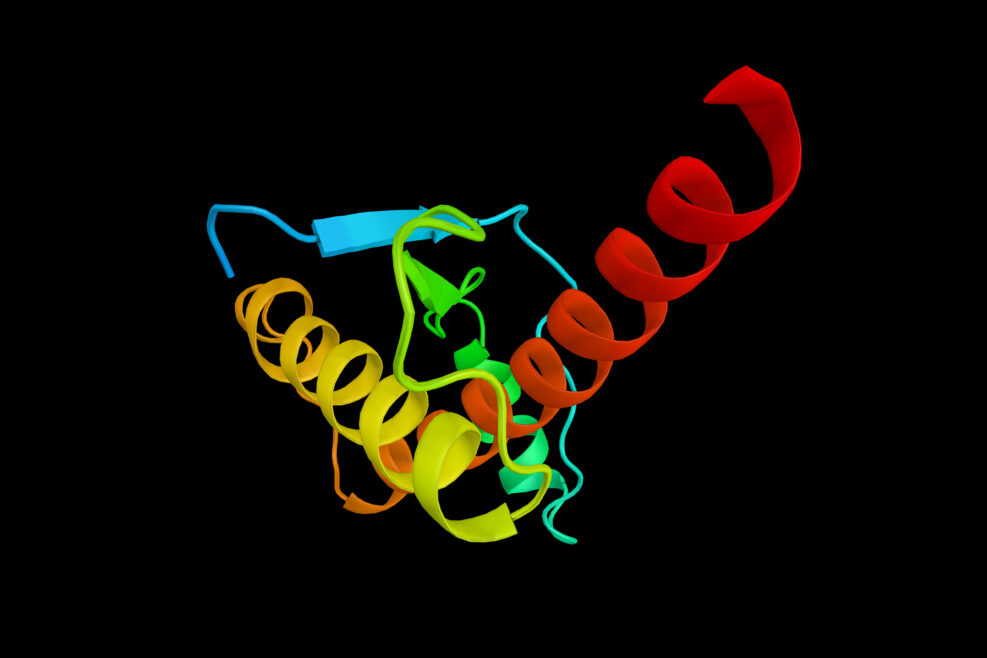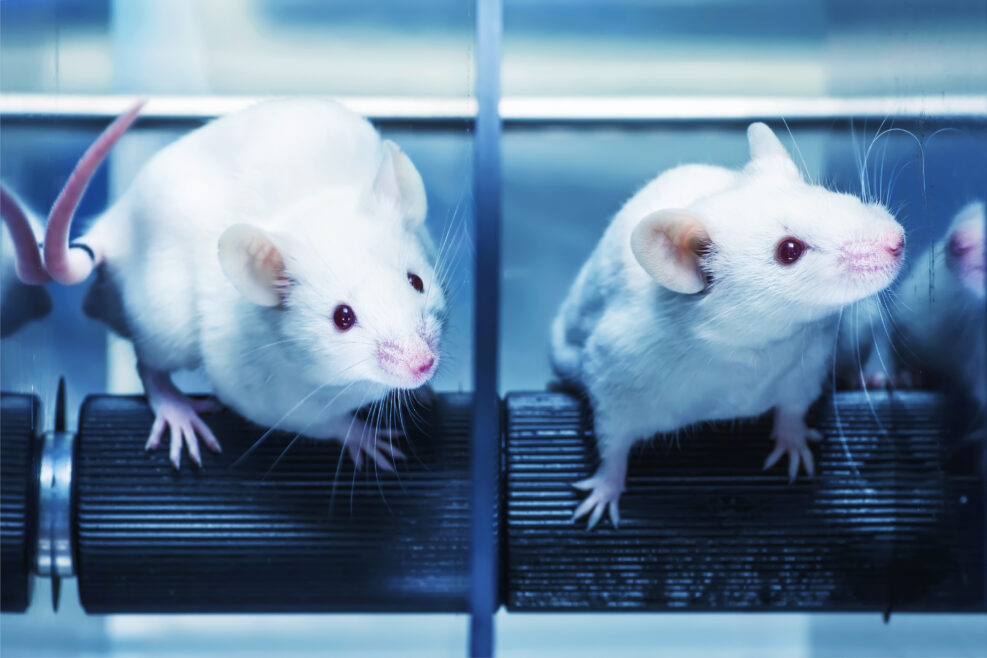
“Spooky Action at a Distance” Makes Sense—in the Quantum World
Einstein never liked quantum mechanics but each transistor in your cell phone is a quantum deviceIn last week’s podcast, “Enrique Blair on quantum computing,” Walter Bradley Center director Robert J. Marks talks with fellow computer engineer Enrique Blair about why quantum mechanics is so strange. The discussion turned to why Albert Einstein, a brilliant but orderly mathematical thinker, did not really like quantum mechanics at all and what we should learn from that: https://episodes.castos.com/mindmatters/Mind-Matters-110-Enrique-Blair.mp3 The discussion of Einstein and “spooky action at a distance” (his way of describing quantum particles’ behavior) starts at approximately 27:45. The Show Notes and transcript follow. Excerpts from the transcript: Robert J. Marks: Albert Einstein didn’t like quantum mechanics or certain aspects of quantum mechanics. Dd he die thinking that quantum mechanics was a fluke? Enrique Blair (pictured): That’s an Read More ›


